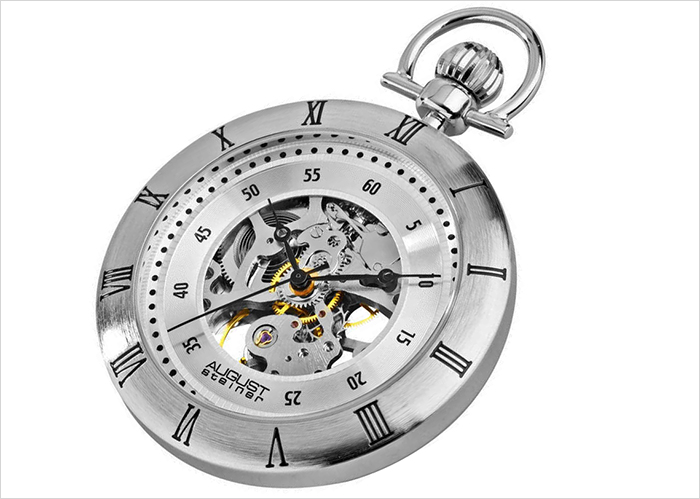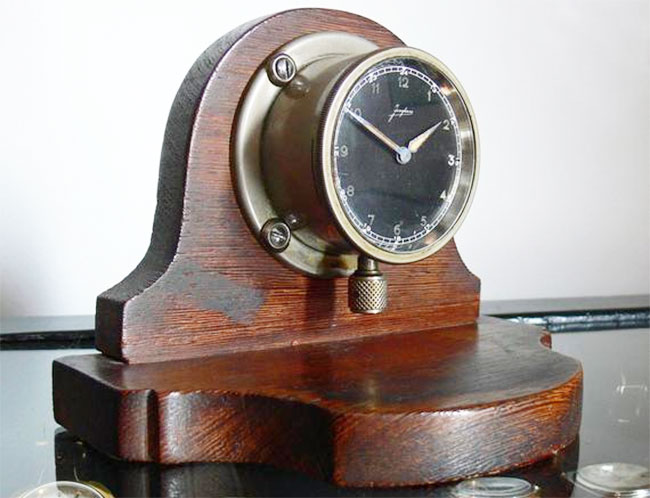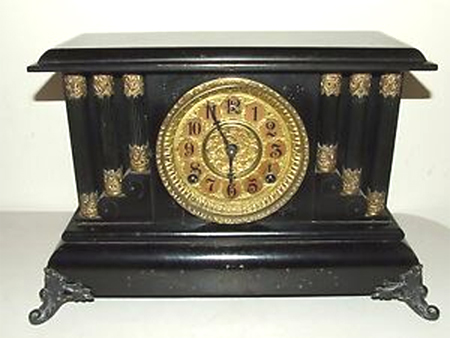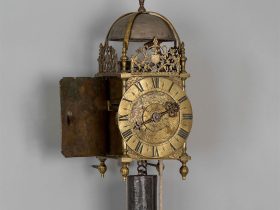Do you want to know what drives the mechanism of an Atmos clock? Are you amazed at how they can last so long and still functions as precisely as they were before? Read on and find out necessary information regarding the perpetual Atmos clock.
Brief history of the Atmos clock
Jean-Leon Reutter, an engineer in Neuchâtel, Switzerland, designed the Atmos clock in 1927. His concept was inspired by the 400-day Anniversary clock in which he made serious changes in order to realize his concept.
His desire to create a Perpetual motion clock prompted Reutter to conceive an exceptional mechanism that can consume the smallest possible amount of power to keep a clock functioning satisfactorily. As such, the Atmos clock is also referred to as Atmos perpetual clock.
The clock began production in 1936, several years after Reutter was able to convert his idea into a working timepiece that can be patented. This unique and particular timepiece is powered by changes in the temperature and atmospheric pressure, hence the name Atmos clock.
On June 1, 1929, the Compagnie generale de radio, also known as the CGR, created an entire department that is devout to the manufacturing and the sales of the Atmos clock in which Reutter was appointed to manage.
However, Reutter struggled with the Atmos’ production and eventually sold the license and the Atmos clock patent to LeCoultre on July 27, 1935 along with all the remaining production, stock, and work in process.
LeCoultre’s major competitor Ed Jaeger of Paris merged with him thus created the famous watch making company. The perpetual motion clock soon came in full major production and was exclusively launched under Jaeger-LeCoultre brand.
The Atmos clock became very fashionable, which then turned to be considered a prestigious gift in Switzerland which eventually spread worldwide.
How an Atmos clock works?
The principle of how an Atmos clock works is amazing. It runs via an ethyl chloride (mixture of gas and liquid) that is sealed tightly inside a capsule.
Every time the temperature rises, the mixture expands. When the temperature falls, it contracts. This motion makes the capsule move like a concertina and keeps the clock’s mainspring constantly winding.
The variation of the temperature, even of only 1 degree in range between 15-30 degrees centigrade, is already sufficient enough for the Atmos clock to run efficiently for 2 days.
Everything inside the Atmos clock has to be in motion and has to work smoothly and quietly as possible so as to make the whole thing work together in harmony. The clock parts are not of the highest precision but are practically wear-free.
With proper care and handling, an Atmos perpetual clock is expected to work for at least 600 years. However, because of today’s pollution, it is necessary to clean your Atmos clock at least once in 20 years.
Value and price of Atmos clocks
Because of the uniqueness of an Atmos clock and due to its previously limited circulated earlier versions, these timepieces are quite worth a lot of money.
Determining the value of an antique perpetual clock is somehow based on its serial number.
Jaeger-LeCoultre Atmos clocks with serial numbers:
• Lower than 10,000 or even lower than 5,000 – mercury driven types of Atmos clocks. Their prices range between $2,000 and $4,000, of course in consideration with their present working conditions.
• 10,000 to 25,000 – special atmos clocks mainly from the earliest production runs. Generally made thru mass production and are worth around $1,500.
• 25,000 to 300,000 – typically made in the 1950’s and 60’s. These are the ones you can easily find and see being sold. They are in general condition and sometimes even poor. Used ones may have prices around $800 to $1,000
• 300,000 to 550,000 – 1970 Atmos clocks with some in cute variations such as plastic cases with designs, unusual faces, clock hands, etc. They carry the same value as the former Jaeger-Lecoultre Atmos clocks and have the same caveats with regards to repair. Those that are highly unique are priced at $1,500.
Early 1980 Atmos clocks’ mechanism met newer versions as it was radically changed. Some regarded it as a very positive step while some still approve the old Perpetual clocks to be better made.
Atmos clocks with the serial number of over 600,000 are the new types and are called the 540 and these are the ones you will find today as the new Atmos clocks with prices of over thousands of dollars depending on its style.
Atmos clock – repair and service
Repairing an Atmos clock is one of the most complicated challenges an expert should encounter. The complex performance of this clock is what contributes to the value it holds and thus deserve the best service there is.
There are quite a number of Jaeger-LeCoultre Atmos clock repair and other services you can find online. It is just right to be careful as to where you take your perpetual Atmos clock to.
Read and check their sites thoroughly and consider important details such as warranty, reputation of the clock expert, means of payment, and means of transportation (of your atmos clock), if ever there is a need to.











Leave a Reply